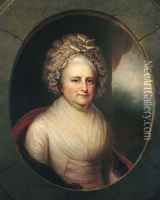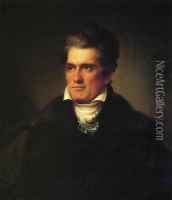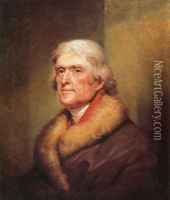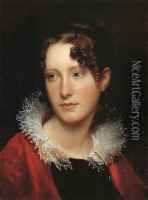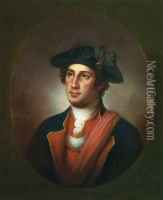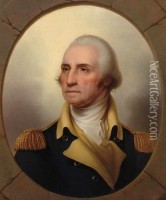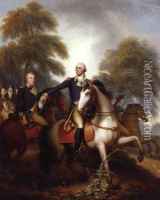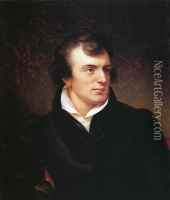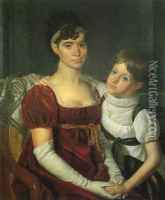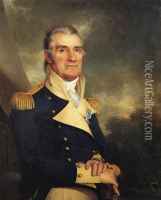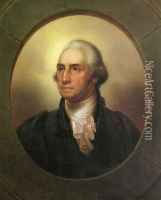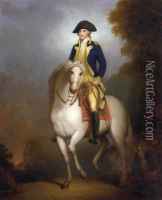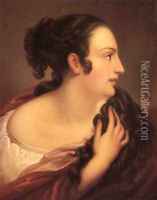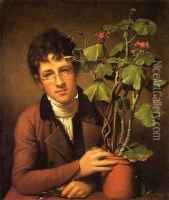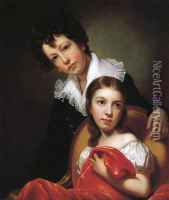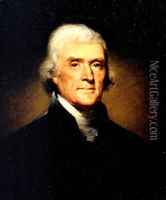Rembrandt Peale Paintings
Rembrandt Peale was an American artist and museum keeper known for his portraits and historical paintings. Born on February 22, 1778, in Bucks County, Pennsylvania, he was named after the famous Dutch painter Rembrandt van Rijn. He was the second of eleven children in a family of notable artists, as his father Charles Willson Peale was a leading figure in early American art, who also founded the Philadelphia Museum, later known as the Peale Museum.
Peale showed artistic talent at a young age and was taught by his father. He also studied with Benjamin West in London during a trip in 1801. Despite his father's influence, Rembrandt developed his own style and gained recognition for his fine and detailed portraits. His work included portraits of many important figures of his time, such as Thomas Jefferson, and his most famous painting, 'Patriae Pater', a portrait of George Washington, which was displayed at the United States Capitol.
In addition to his work as an artist, Peale also took an active role in the running of the Peale Museum and later established his own museum in Baltimore. He was also one of the founders of the National Academy of Design in New York. Throughout his career, Peale sought to combine art and education, believing that a museum could serve as a school for artists and the public alike.
Peale's career was marked not only by his achievements as a portraitist but also by his efforts to capture the essence of the American spirit. His historical paintings, such as 'The Court of Death' and 'The Roman Daughter', reflect his interest in moral and patriotic themes. Later in life, Peale wrote several books, including his autobiography 'Reminiscences', which provided valuable insights into his life and the cultural landscape of his time.
Rembrandt Peale's legacy is seen in the numerous portraits that hang in museums across the United States, as well as his contributions to the development of American art institutions. He continued to paint and write until his death on October 3, 1860, in Philadelphia, Pennsylvania. He left behind a rich body of work that remains an important part of American art history.
